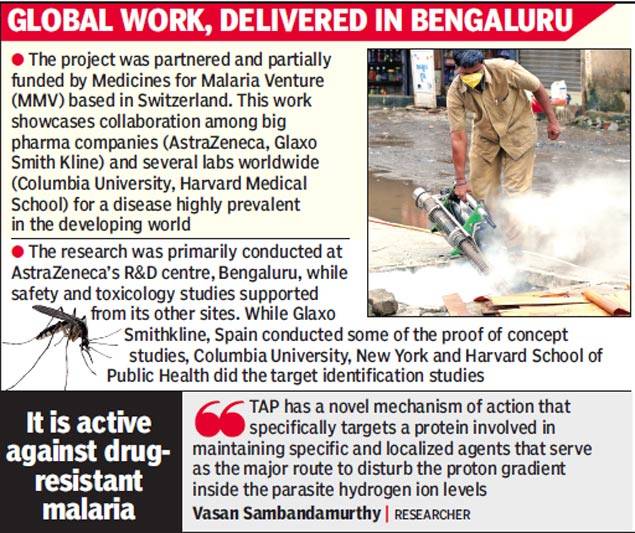by M.L. Krishnaswami
Karnataka Sangeetha Nrutya Academy, a Government-sponsored body, institutes and gives away ‘Karnataka Kalasri’ Awards every year for the most deserving artistes in several sectors of music and dance, after a careful selection process. This is an important annual event organised by the Academy at Bengaluru.
This year the glittering event took off at Ravindra Kalakshetra in Bengaluru on Saturday, the 19th instant. Eighteen most deserving artistes were honoured on the occasion.
Mysuru City, the cultural capital of Karnataka, is lucky to bag three ‘Kalasri’ awards in its kitty and aptly so. The awardees are: G. Pushpalatha for Sugama Sangeetha; Rajalaskhmi Sridhar for Classical Music and Krishnagiri Ramachandra for Gamaka.
Of the above three awardees, I happen to know Pushpalatha for over three decades and this article will mainly highlight her achievements. Rajalakshmi is a classical musician and is well- known in that circle. She was the Programmes Executive of AIR Mysuru. She has given many programmes in old Mysuru State and Chennai.
Krishnagiri Ramachandra is a retired Executive Engineer of the State PWD and holds a post graduate degree in Hydraulics. His father was late Krishnagiri Krishnarao, better known as KKR, who was perhaps the most leading Gamaka Vidwan in the old Mysuru State. His son Ramachandra learnt the nuances of Gamaka from childhood and is well-known as a gamaki and teacher. His wife is the well-known Dr. Tulasi Ramachandra, a leading danseuse and a Bharatanatya teacher.
Now about G. Pushpalatha: I happen to know this lady for over thirty years. By sheer dint of hard work and dedication, she has risen to great heights in the field of Sugama Sangeetha. My initial connection with her dates back to about thirty years when I, along with A.D. Srinivas, Lakshmisha, Shivashankara Swamy, Manjunath, M.G. Ravi, U.P. Gita, Pushpalatha and my own daughter Madhulika formed and nurtured an Organisation called “Tharangini.” Under this banner the above team gave many light music programmes in Mysore and beyond including a remote place like Hubballi. Vocational calls of the boys and marriages of the girls of the troupe cast the curtain down on this outfit and all the artistes dispersed according to their individual calls.
I, a non-performing entity sort of a head-master-remained in the background as a ‘Historian of the joyous plain,’ to recall O. Goldsmith.
Pushpalatha joined Mysore Akashvani, actually she was in Bhadravati Akashvani for sometime and in 1992, she was directly selected as the high-grade music composer in-charge of Sugama Sangeetha and devotional songs. This platform gave her tremendous opportunity to innovate and grow in her chosen field briskly. She has worked in all platforms of Akashvani including voice identity committee, cultural club, youth music society as also in many music sabhas. She founded “Sneha Sangama,” a cultural platform and has trained several boys and girls to nurture their arts individually. She is a good trainer in all fields of light music and her enthusiasm and dashing nature have helped her score high points in her chosen field. She had an indirect stint in the cinema field also in that she helped Yoganarasimha, film music director in his work. Naturally, her talent and drive have helped her basket several awards from various organisations like “Stree Kala Shakti,” “Shaswathi Sthree,” “Kala Tapasvi” and many more.
What strikes me most is her ability with which she instantly beautifies any Kannada verse (poem) with appropriate raga and tala and presents the same instantly on stage to the applause of the connoisseurs. This seems to be an innate quality very few light musicians are blessed with. Kudos to her and this has made her an A-Top artiste in her branch of music in such a short period.
She is able to assemble a group of artistes, both vocal and instrumental, and put up a glittering show on stage at short notice. The Karnataka Sangeetha Nrutya Academy has decorated her with ‘Kalasri’ award for 2015-16 which she richly deserved.
This is to wish her many more years of active years in her chosen field. She is happily married to Mr. Renu and the couple has a son and a daughter.
source: http://www.starofmysore.com / Star of Mysore / Home> Feature Articles / Friday – December 25th, 2015







